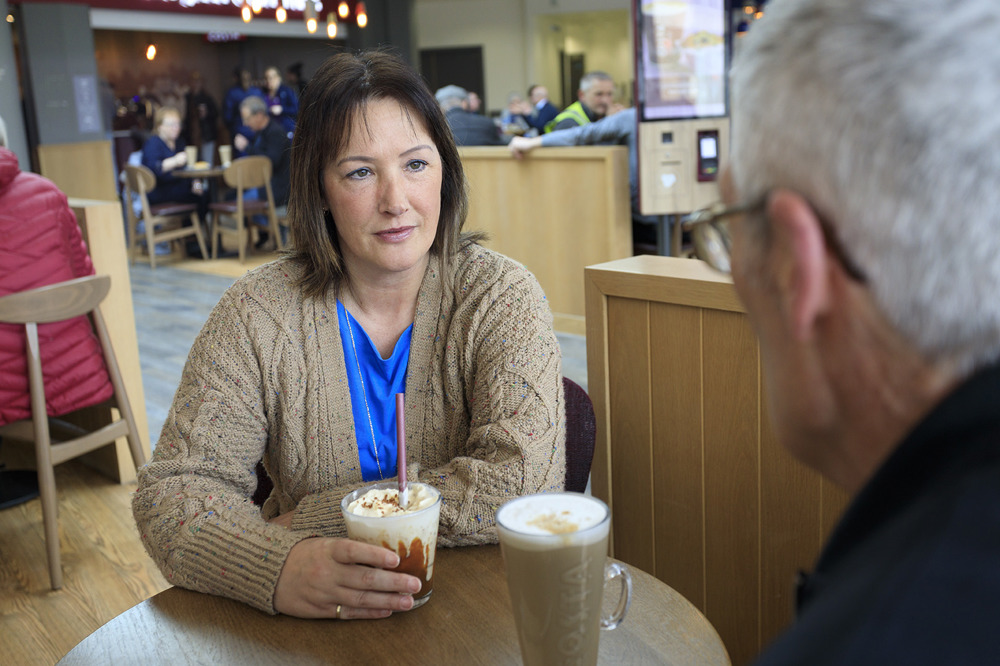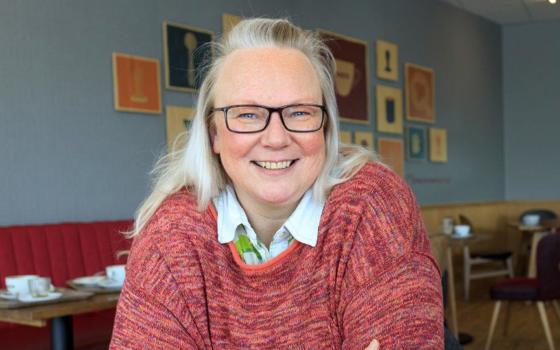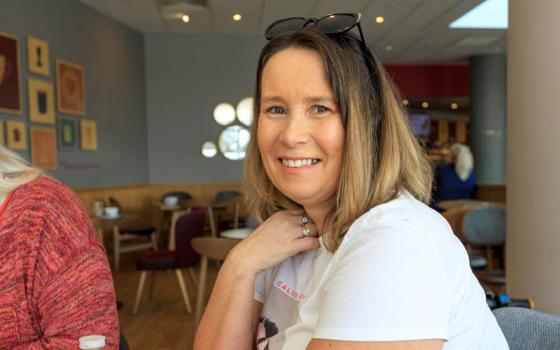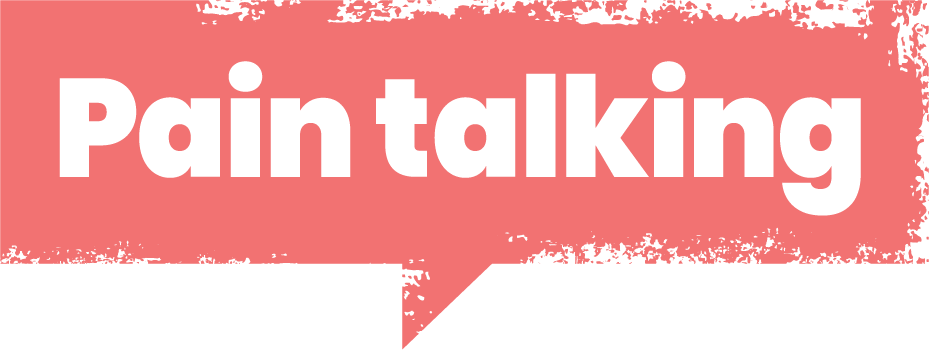
Living with pain has also had an impact on my personal relationships because people just don’t understand what it’s like.
Read Kelly's full story by clicking on the arrow
I have been living with pain now for 30 years. I had a fall in my early teens which damaged my spine. I have had further falls from horses and was involved in a road traffic accident which caused more damage.
Initially nothing was prescribed for my pain. I lived out in the countryside with limited access to medical services. I was subsequently prescribed Solpadol which I took at a dose of 12 a day. I received a diagnosis of spinal stenosis when I was around 20 years old and the spinal damage showed up on an MRI scan. My discs in my lower back L3 L4 and L5 were herniated and couldn’t be fixed. Following the MRI I was prescribed dihydrocodeine. The MRI showed the damage and I felt like I was believed for the first time as medical professionals saw the evidence for themselves. I continued to take the medication as it allowed me to have my son and to work but being on this medication was causing further damage.
My mobility has been significantly impacted by my pain and I’m restricted in doing every day things which make the pain worse. Living with pain has also had an impact on my personal relationships because people just don’t understand what it’s like. I’ve tried to remain very independent in my life and not rely on others and sometimes I feel that people look at me and see someone who looks normal. Pain is invisible and people don’t understand the impacts of it.
Medication has always been the main method of managing my pain. One GP told me that nobody should be living with the amount of pain I was in and she prescribed morphine patches which helped and gave me a good quality of life for a number of years. The difference was that the pain was managed. I stopped using the patches because I was swimming regularly and there were issues with them sticking so I switched to tablets which I continue to take.
I find that distraction really helps and heat pads soothe and help the pain. I try to maintain a balance of keeping safe and not overdoing things, with moving around enough to maintain my mobility.
Over the years I have used a Pain Diary to help monitor medicine, particularly when I’ve been reducing medication. I’ve also used it to identify what activities I’ve been doing or whether I’ve had any unexpected pain issues or problems during the night. During flare ups it can really help me to identify possible triggers and this then enables me to take some steps to help make it better.
I have also used my Pain Diary to record my thoughts and feelings, especially at dark times when I felt the doctors just weren’t listening to me and I didn’t feel believed. I’ve had some bad experiences with doctors and pharmacists which have made things so much worse for me. Writing these things down gives me a way to offload and reflect on what’s happened which helps me to process it.
Having a good quality of life is important to me and feeling like I have a place in the world and purpose in how I live my life really matters.
I have had a life of pain and I want to use my experiences to help improve services for others in the future. I haven’t been able to work because of my pain and this has been difficult for me as I really wanted to work. Being involved in the High Risk Pain Medicine programme is giving me purpose and improving my sense of self worth which was damaged because of how society views people who aren’t working. Enabling other people to manage their pain conditions better is important and it makes working with the programme really worthwhile.
In this section



For next steps visit: Useful information and resources
